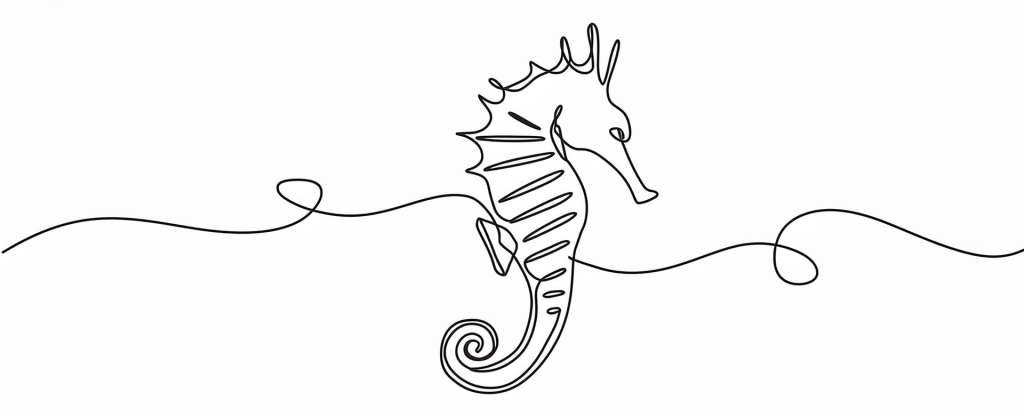Case Studies and Reflective Tools
Case Study: The Seahorse Dress

After my initial litany of cultural faux pas working with Esther’s family, I learned as much as I could about Orthodox Judaism. I scoured the Internet for any information I could find and read every fiction book I could find written by an Orthodox Jewish author (This was before the advent of TikTok and the popularity of influencers. Now this would be so much easier!). I’d also developed a solid relationship with Esther, who shared that she enjoyed teaching others about her faith community. Gradually, as I built more culturally responsive practices, I learned that asking families where they sent or were planning to send their children to school gave me insight into the level of orthodoxy they observed in their homes. Several years in, during an initial phone conversation with a newly referred mother, Bracha indicated that her family not only sent their children to one of the most frum (religious) schools in the city but that her husband was a Lubavitch Rebbe. By this time, I knew that it was common for families with this level of faith to ensure that all toys and books in the home were kosher, meaning without representations of nonkosher animals or activities. Many of the toys and books in my therapeutic stash included nonkosher animals like bears, cats, dogs, and horses. I also had books that included pictures of girls and women in immodest clothes, including pants and sleeveless shirts.
The night before my first visit with Bracha and her son, Mendel, I carefully examined the materials I would take with me to their first visit, removing my copy of Brown Bear, Brown Bear, as well as my farm puzzles with horses and pigs from my toy bag. The next morning, I dressed in a high-necked, long-sleeved tunic dress with leggings underneath. I was pleased that Mendel’s preschool-aged sister was home, and the family was eager to have her involved in our sessions. As I spoke to Bracha about her family’s priorities, I made sure to ask what words their family used for mother and father (mommy and tatty) and how we could schedule around an upcoming Yentif day (Jewish holiday). I confirmed that their family did not allow depictions of nonkosher animals in the home and promised to be mindful when planning activities and introducing materials. I left the visit feeling quite pleased with myself for knowing so much more about Bracha and Mendel’s family than I knew about Esther’s.
As I buckled my seatbelt so I could drive to my next appointment, I looked down at the modest dress I was wearing only to realize that it was covered in a very unkosher seahorse print. I immediately sent a text to Bracha apologizing for my mistake. Graciously, she responded, “Not to worry. I did notice, but you were trying so hard that I didn’t think it was necessary to say anything.” After that, I made a note on my calendar which days I was seeing their family and planned my outfit accordingly.
Questions for Reflection
- What did I do well in this situation?
- What could I have done differently?
- When I apologized to Bracha, she replied by saying that she didn’t bring it up with me because I “was trying so hard” to be culturally competent. How do you think that Bracha would have felt about my dress if I hadn’t tried only to bring kosher images into her home?
- What do you think the impact of my apology had on my relationship with Bracha?
- I had worked very hard to learn more about the cultural practices of the Orthodox Jewish families in my catchment area. I applied that knowledge to my session plans and the materials I brought in. Why do you think that I missed the seahorses on my dress in light of this priority?
- This event took place before I became a “bagless” EI provider. How do you think that the shift from bringing toys and therapeutic materials into homes to being “bagless” and using more coaching would have impacted this interaction?
- Have you ever had a seahorse dress moment? How did you react in the moment? What would you do differently in the future?
- When I was working with Bracha’s family, I had only a superficial knowledge of their family’s cultural practices. I remember thinking that it was a little silly not to look at unkosher animals because they weren’t eating the toys and books. What additional learning do you think I could have done to understand better the family’s practice of not having these images in their home?

